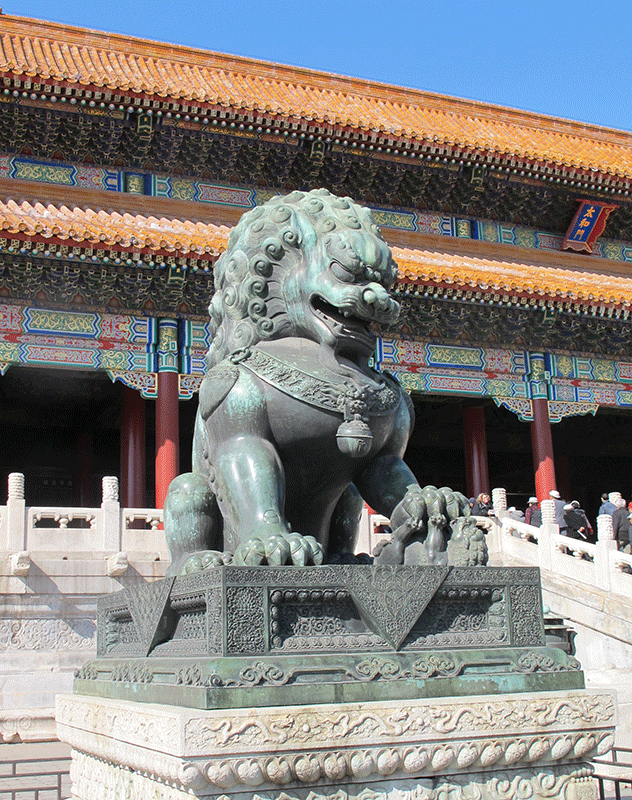China is believed to hold the world’s largest technically recoverable reserves of shale gas – a massive total of 1,115 Tcf, according to the US Energy Information Agency (EIA). Compare that to the next in the ‘league table’, Argentina, which can only boast 802 Tcfg. China had therefore hoped to emulate the ‘shale gale’ of the United States and had predicted that by 2020 it would be producing between 2 and 3 Tcf of shale gas per year.
 However, after several years of exploration and the drilling of a number of wells, only one large field has been found; Fuling in south-west Sichuan, which is reported to have total proven reserves of about 74 Tcfg. The operator, Sinopec, expects annual production from the field to reach about 60 Bcfg by the end of this year and is planning to produce 353 Bcfg a year by 2017. But this will not be sufficient to reach the country’s ambitious targets, so the Chinese Ministry of Land and Resources has downgraded its prediction for shale gas production in 2020 to 1.06 Tcfg.
However, after several years of exploration and the drilling of a number of wells, only one large field has been found; Fuling in south-west Sichuan, which is reported to have total proven reserves of about 74 Tcfg. The operator, Sinopec, expects annual production from the field to reach about 60 Bcfg by the end of this year and is planning to produce 353 Bcfg a year by 2017. But this will not be sufficient to reach the country’s ambitious targets, so the Chinese Ministry of Land and Resources has downgraded its prediction for shale gas production in 2020 to 1.06 Tcfg.
The main issue for Chinese exploration for shale gas, one it shares with many other countries trying to access their unconventional resources, is that the geology in the most prospective areas is very complex and challenging. The Sichuan region, for example, is highly faulted and also mountainous, making exploration difficult and considerably adding to costs. In addition, there is little incentive for international companies to participate in shale gas exploration in the country. The two main Chinese companies, China National Petroleum Corporation (CNPC) and Sinopec, hold the most prospective blocks, with those offered to independent firms by the Ministry being of poorer quality. This also means that there is less foreign expertise coming into the country to help the Chinese develop production from the field to reach about these resources. Shell and Hess Corp are the only foreign firms to have signed production-sharing contracts to date.
Deal with Russia
For many years China’s huge coal reserves have meant that demand for natural gas has been traditionally low, but it has been increasing as the government seeks to move to cleaner fuels. The EIA’s International Energy outlook has estimated that demand will increase from 5.2 Tcf in 2012 to 17.5 Tcf by 2040.
.png) Sources: U.S. Energy Information Administration, International Energy Outlook 2013, IHS Energy, Eastern Bloc Research.As shale gas will take longer than initially anticipated to come to the market, China has turned to its neighbor and largest trading partner, Russia, to fill the gap. In May this year, Russia’s biggest gas company, Gazprom, signed a deal to supply CNPC with gas from Eastern Siberia. Under the first phase of the 30-year contract, Russia will supply China with 1.3 Tcfg a year, starting in 2018, and future phases could increase this volume to as much as 2.1 Tcf annually.
Sources: U.S. Energy Information Administration, International Energy Outlook 2013, IHS Energy, Eastern Bloc Research.As shale gas will take longer than initially anticipated to come to the market, China has turned to its neighbor and largest trading partner, Russia, to fill the gap. In May this year, Russia’s biggest gas company, Gazprom, signed a deal to supply CNPC with gas from Eastern Siberia. Under the first phase of the 30-year contract, Russia will supply China with 1.3 Tcfg a year, starting in 2018, and future phases could increase this volume to as much as 2.1 Tcf annually.
The two countries have actually been in negotiation for many years, with the price being the main obstacle. Russia had wanted to use sales contracts in the EU as a benchmark price, while China proposed a lower price, based on its imports from central Asia. But with tensions between Russia and the EU and the US increasing and the imposition of sanctions, a diversification of gas exports from Europe to China became more attractive to the Russians and a deal was struck. The contract links the natural gas price to international crude oil prices and operates as a take-or-pay scheme, so CNPC must pay for the contracted natural gas even if it decides not to receive it.
As Eastern Siberia currently lacks export infrastructure, GazProm is planning to build a pipeline to China which should be operational by 2020. This will also take East Siberian gas to an LNG plant in Russia; as well as selling gas to China, Russia is hoping that this deal will help it become a bigger player in the lucrative Asian LNG market.





